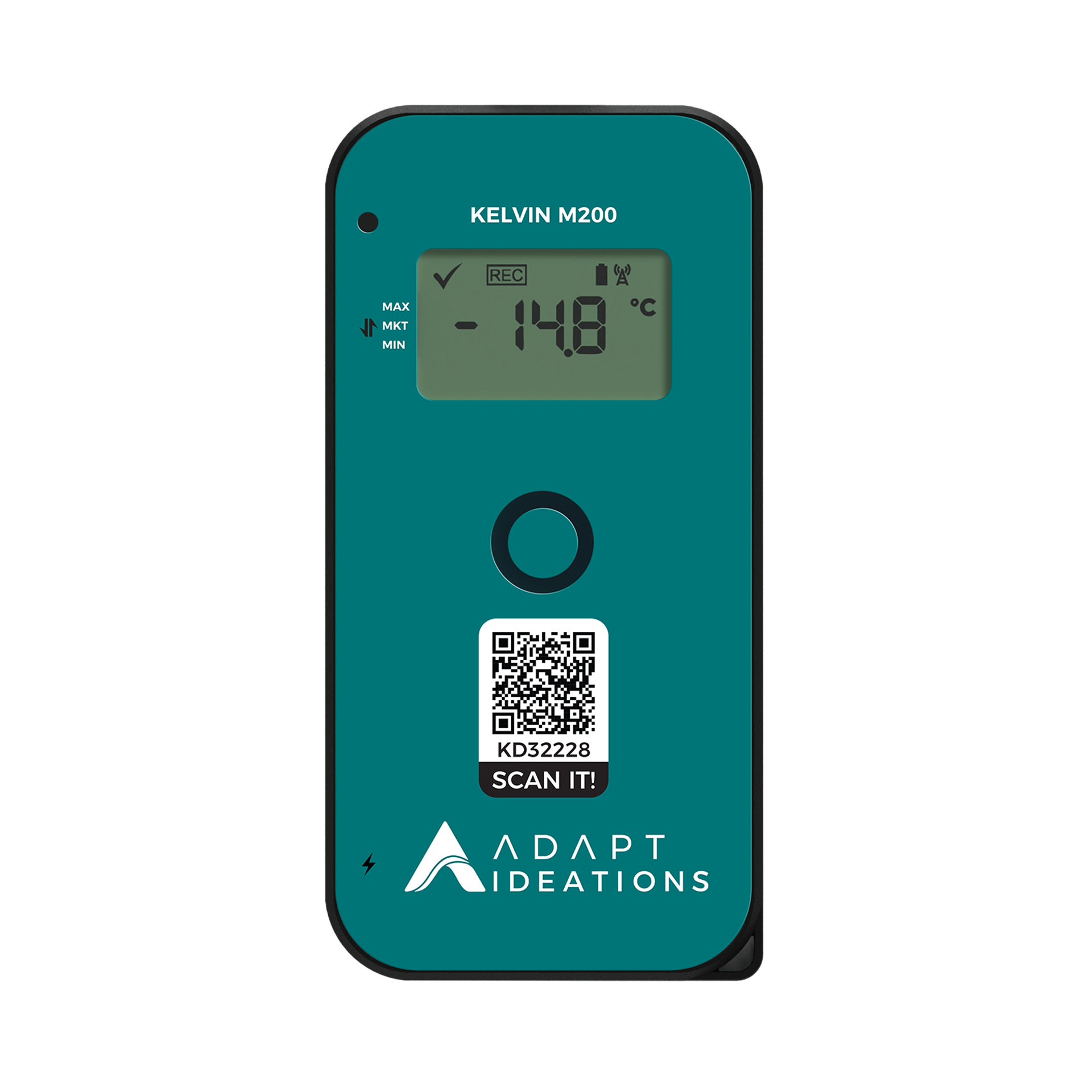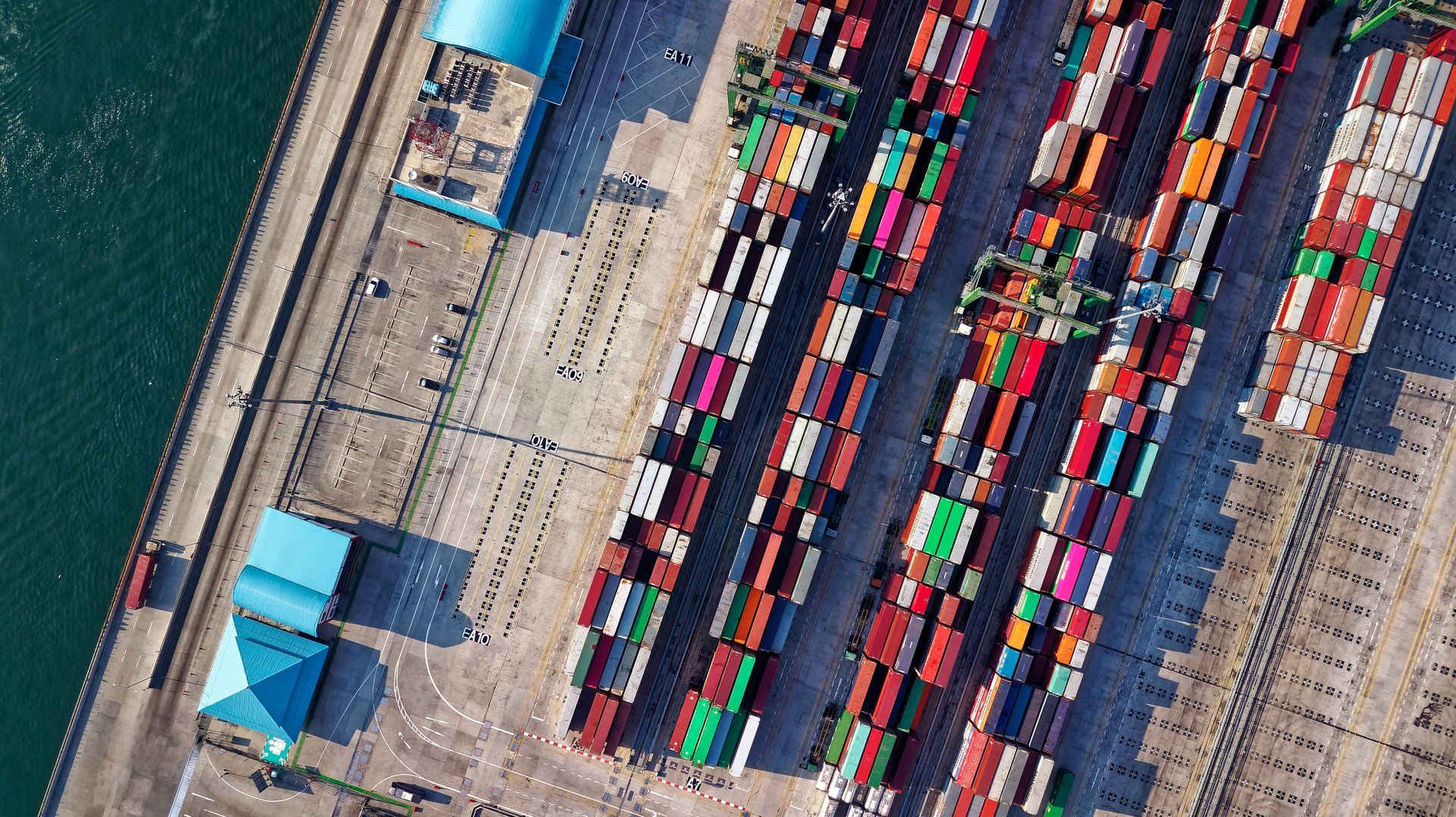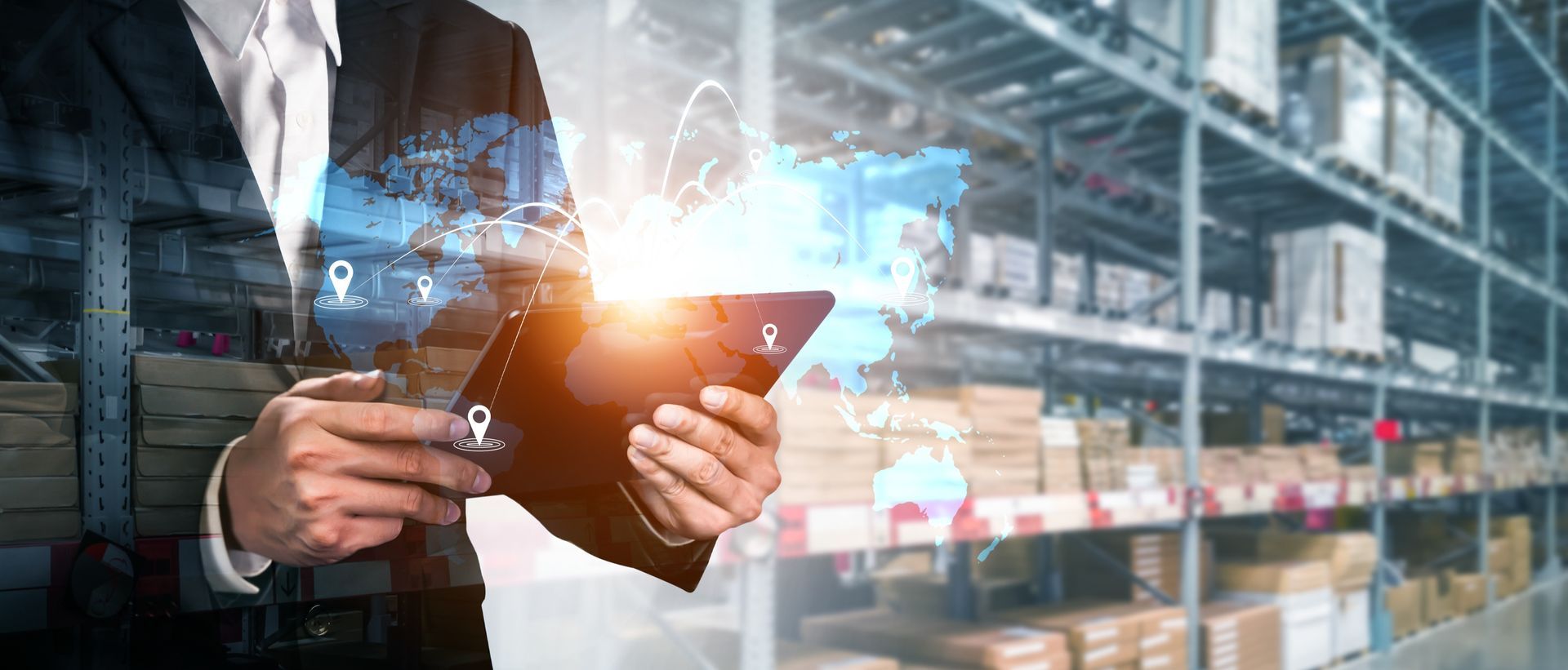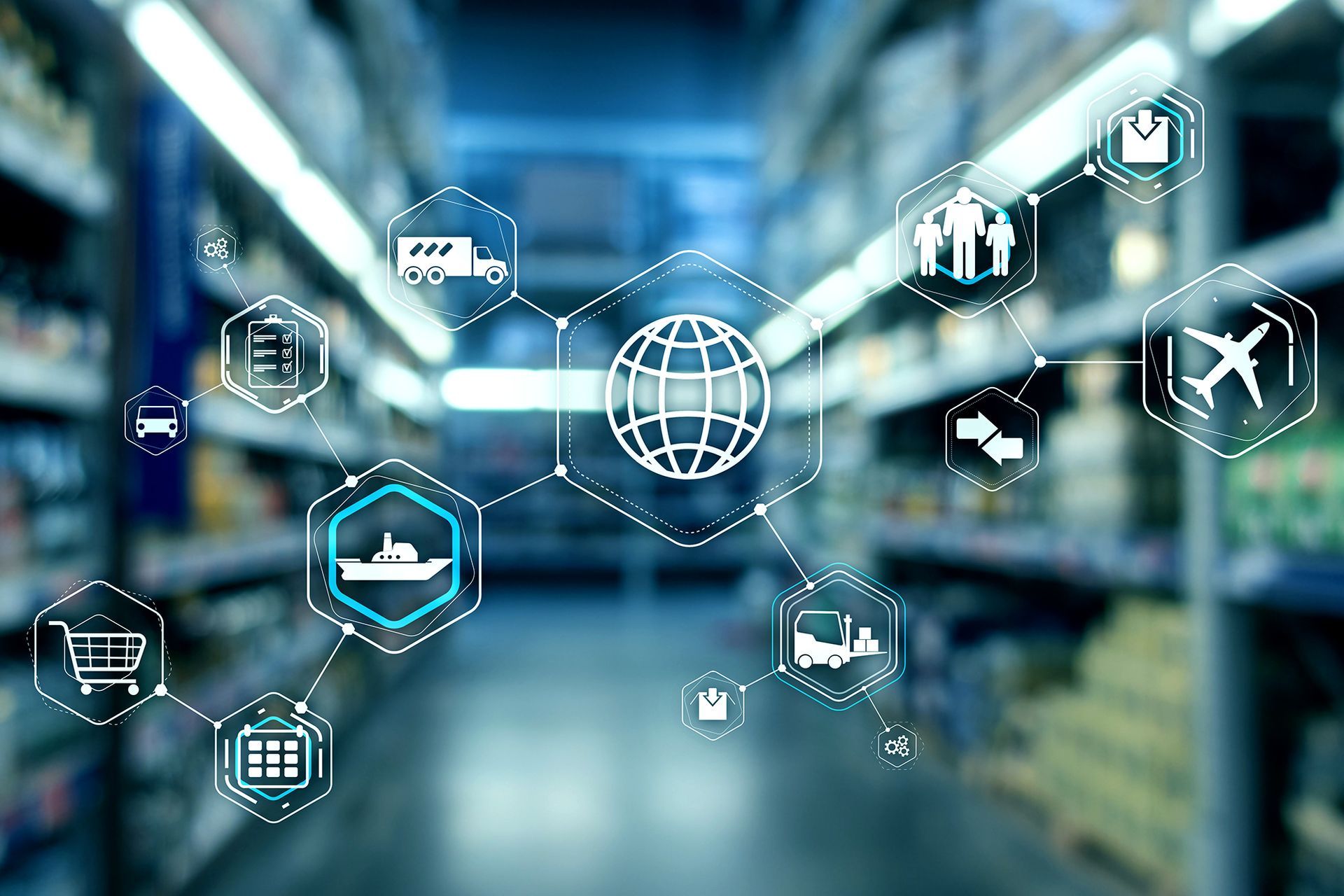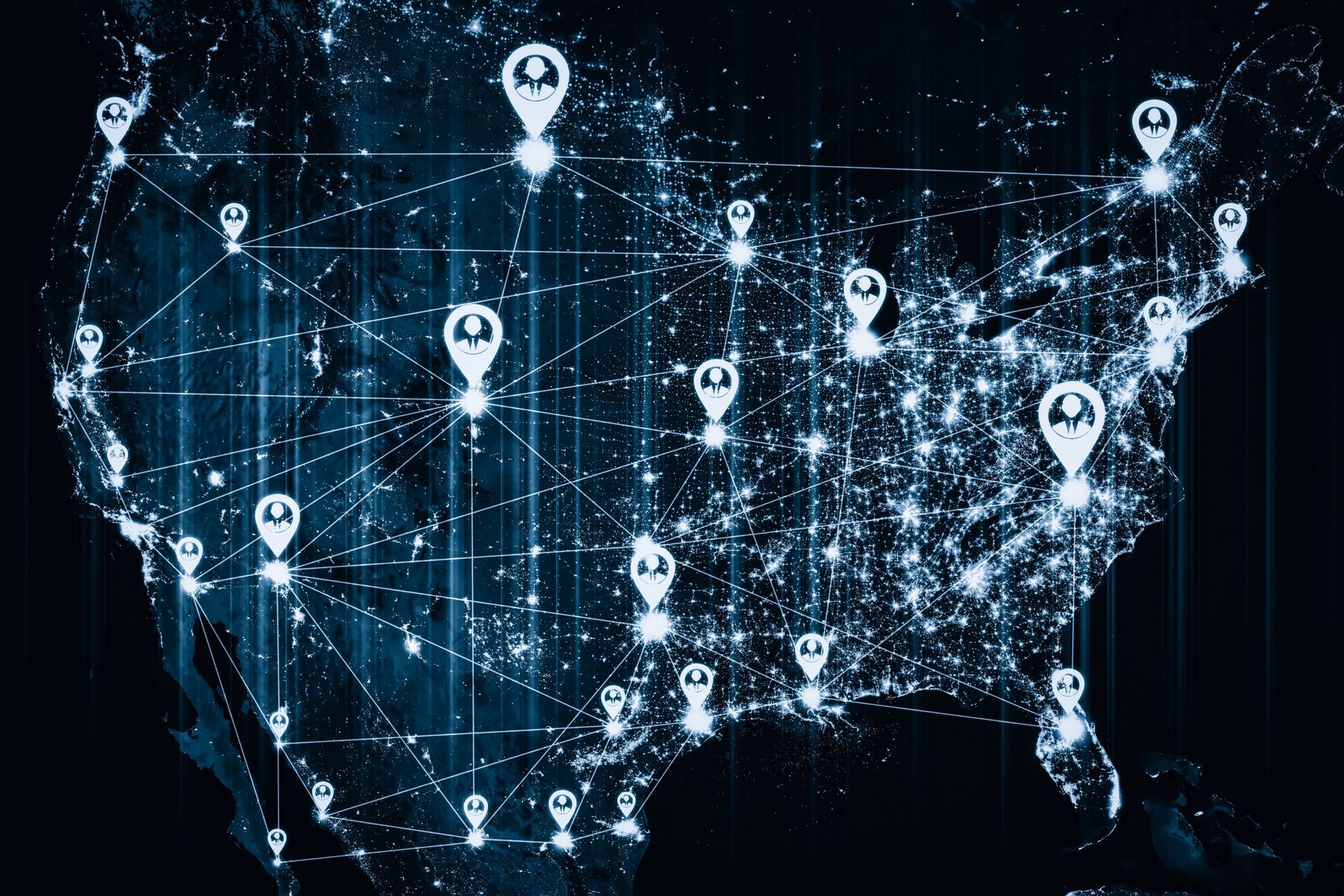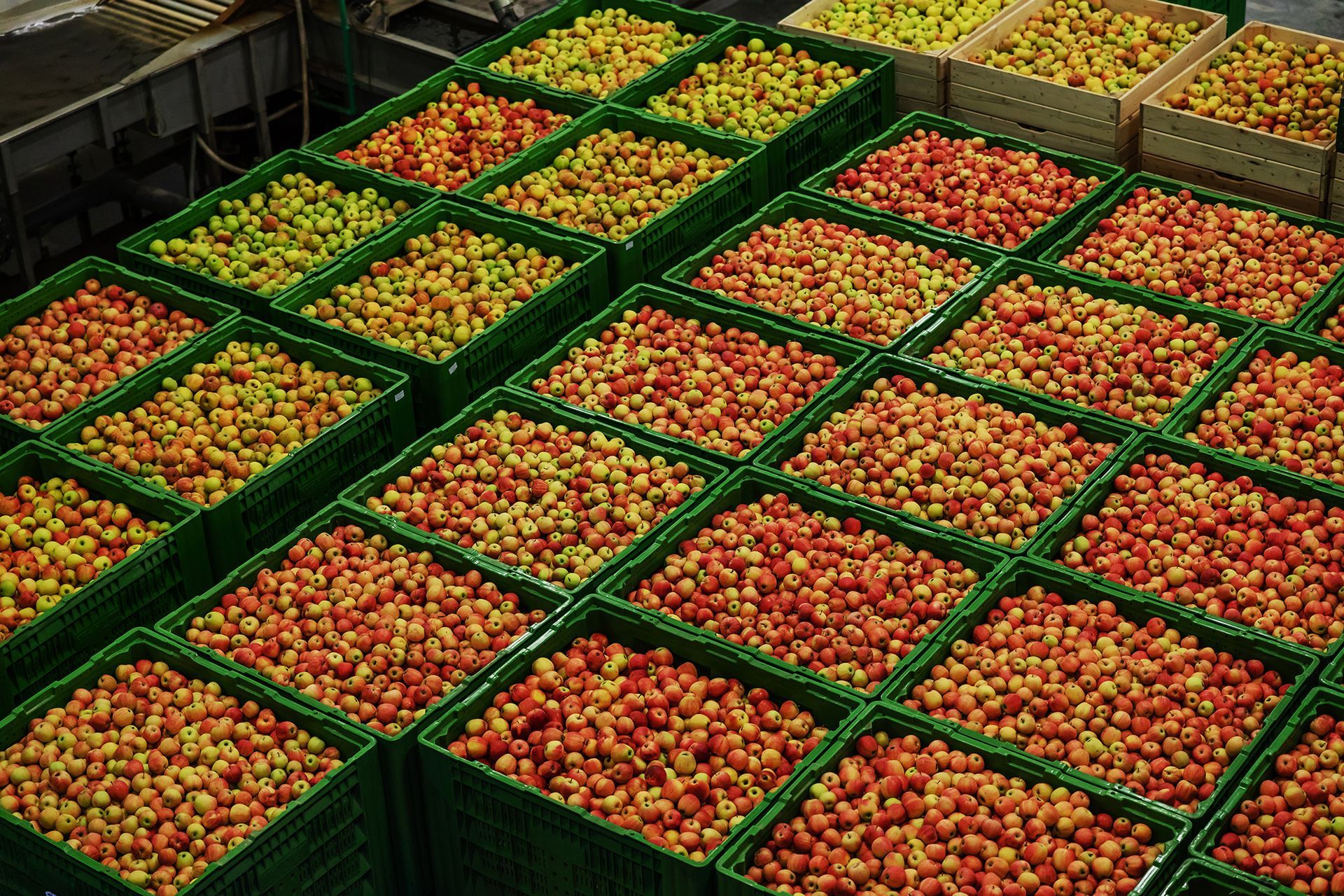Traceability plays a significant role in allowing complex supply chains to be managed with greater ease.
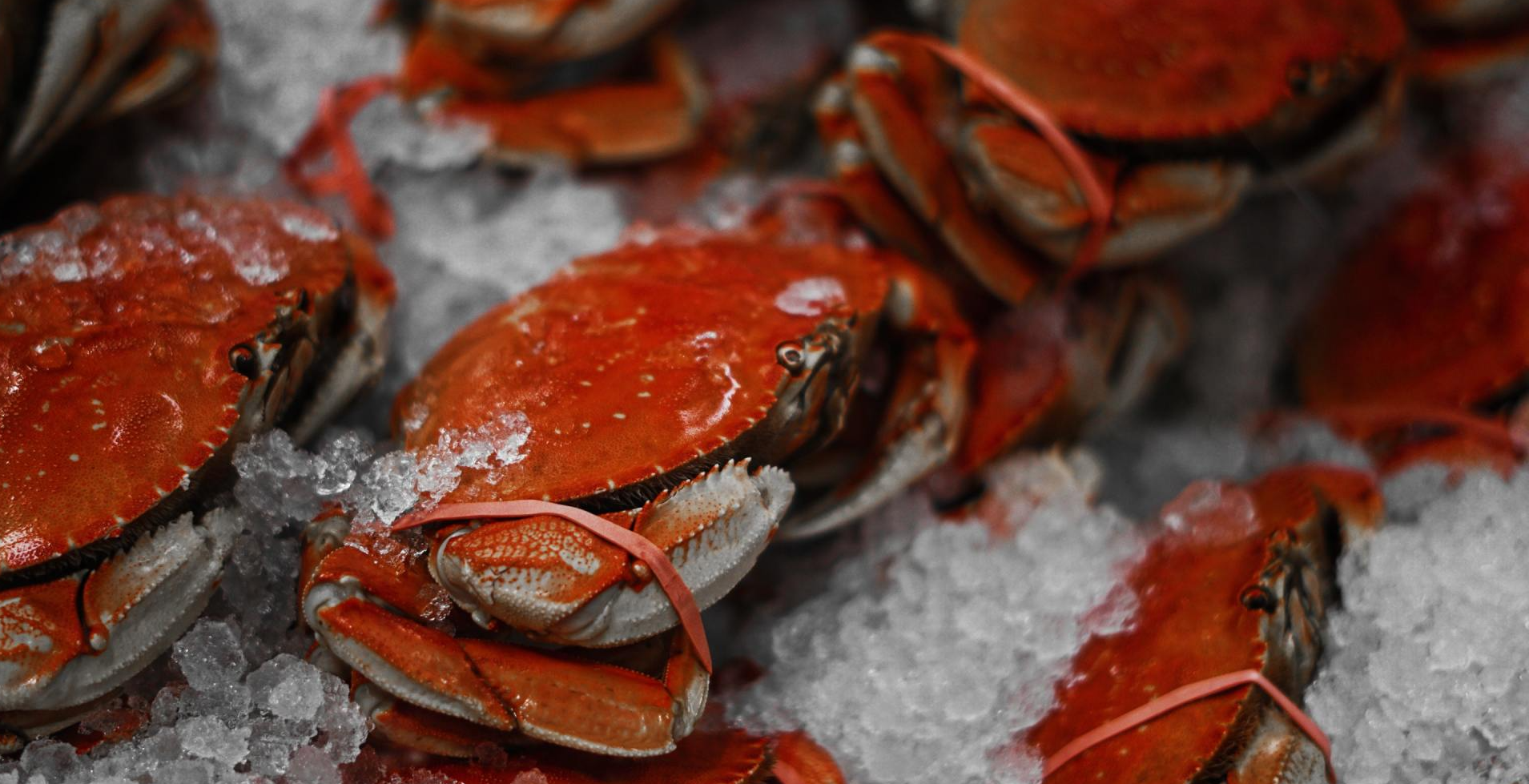
The complexities present in the seafood industry can be resolved through greater supply chain visibility. The global seafood industry is forecasted to be worth $197 billion by 2027, as reported by Statista in 2020. The pandemic has played a major role in shifting demands and trends within the industry. Businesses may now find that they no longer have a strong demand domestically, and therefore exporting overseas can be a greater profitable market for them. Seafood is a perishable good, making it highly volatile and prone to spoilage. As a result, temperature and packaging conditions play a critical role in shelf life of the good. Further, if the product is not handled or stored correctly it will deteriorate, leading to food waste and a decrease in revenue. The implementation of innovative asset tracking and monitoring solutions for the industry can assist in alleviating some of the logistics challenges experienced and increase traceability.
Traceability plays a significant role in allowing complex supply chains to be managed with greater ease. Challenges such as visibility throughout the entire supply chain, temperature excursions, and incorrect handling and storage can be resolved through innovative asset tracking and monitoring solutions. Around 35% of all harvested seafood is either lost or wasted along the cold chain- with other studies putting that number closer to 50%, causing significant financial and environmental impacts. Crabs for instance are sensitive to shock, and thus they must be handled with great care during transportation. In recent news, key industry stakeholders operated a seafood industry traceability pilot, to confirm the need for greater quality standards to streamline the supply chain. Due to global traceability requirements, end-to-end visibility for perishable goods is vital for the effective communication of data and asset assurance, as demonstrated through this pilot collaboration.
Supply chain visibility enables companies to gather near-real-time insight into their logistics processes and take immediate action when parameters have been crossed. Supply chain traceability enables companies to have vital data on the status and conditions that seafood shipments have undergone. Effective cold chain management for the industry will ensure the perishable goods remain within the correct temperature range. With a transparent and streamlined supply chain, the seafood industry can improve operational efficiency and ensure they have vital data in their hands.
Our IoT enabled asset tracker KELVIN Pro enables near real-time monitoring of perishable assets. KELVIN Pro is an innovative digital asset tracking solution that enables greater supply chain transparency to be achieved. The asset tracker monitors location in near real-time and features shock, light and temperature sensors that collects vital data and relays near real-time alerts back in the case of deviations. Further, the geo-fencing capabilities of this solution ensure that companies are always aware of their asset’s location. The utilisation of our digital asset tracking solution enables greater asset supply chain visibility to be achieved for the industry.
Enquire today at
enquries@adaptideations.com for further information on how to achieve greater supply chain visibility.
Awards & Recognition
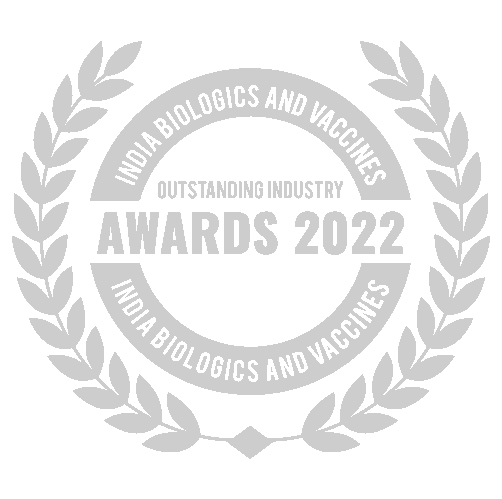
Best Temperature Monitoring Solution Provider
Awarded by India Biologics & Vaccines Outstanding Industry Awards 2022

Adapt Ideations Recognised As A Supply Chain Leader
by Alcott Global on Supplify's Supply Chain Tech Map 2.0
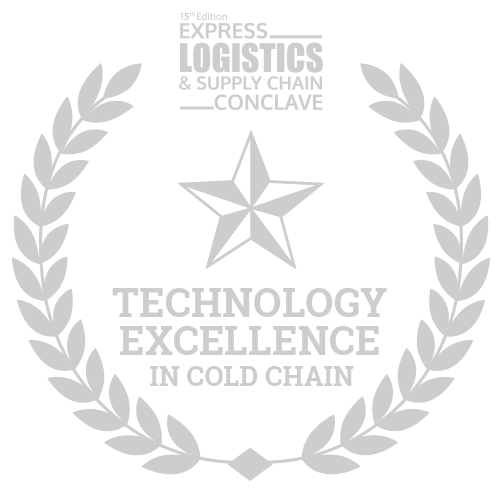
Related Articles.

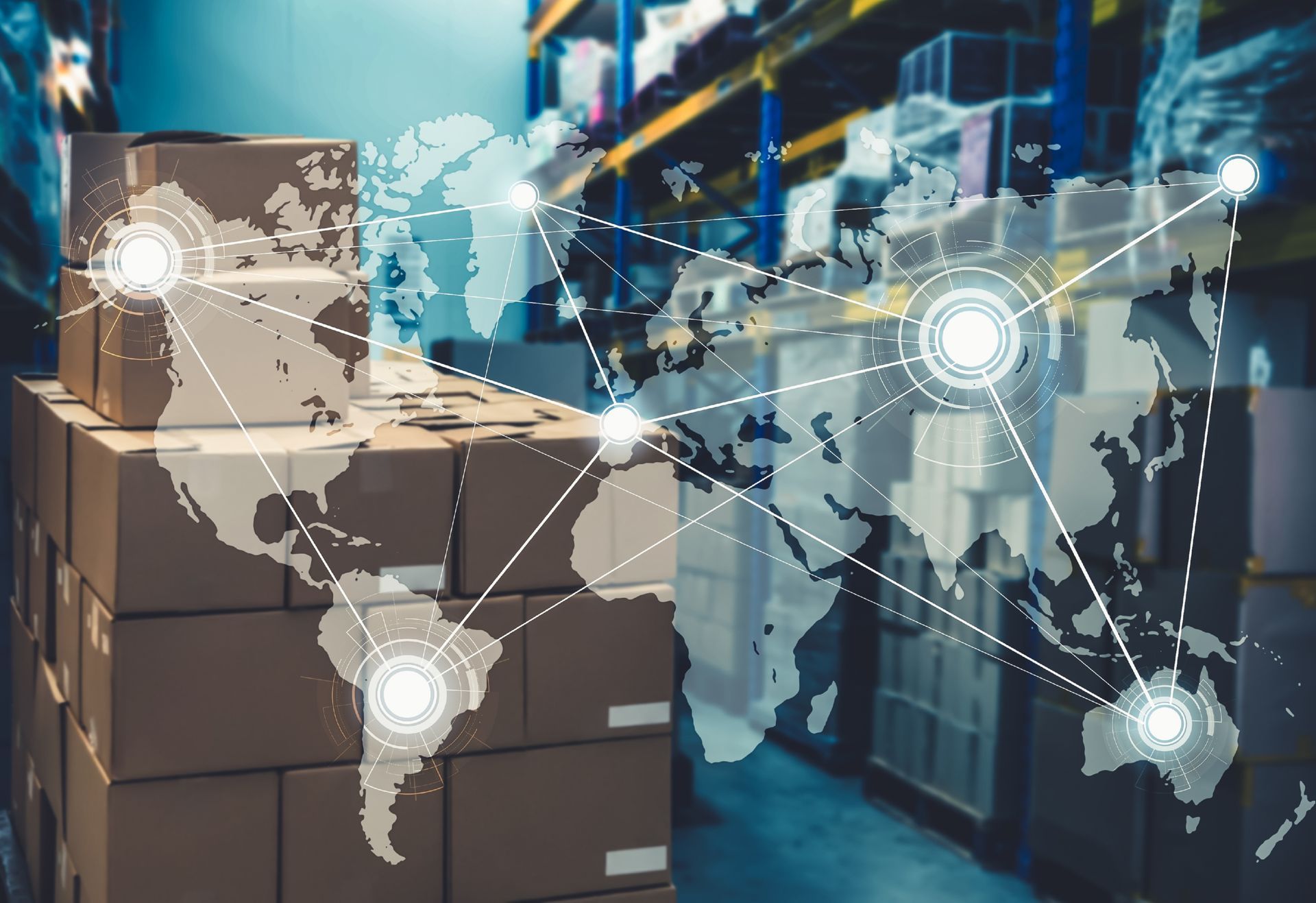

Our Guides.
Sign up to our monthly newsletter!
Thank you for signing up.
Please try again later
H.No.1-89/G/36, 3rd Floor, Plot No.36, Mindspace, Shilpi Valley, Madhapur, Hyderabad – 500081, India
